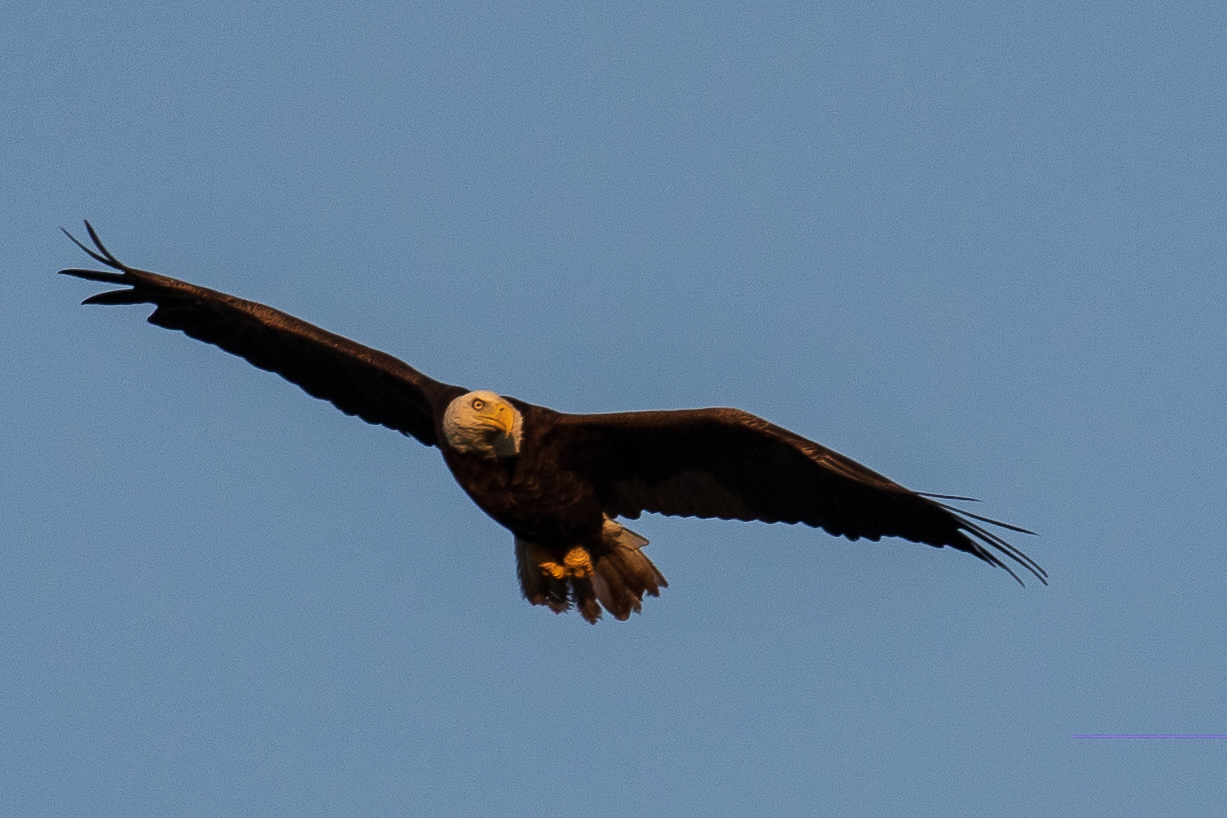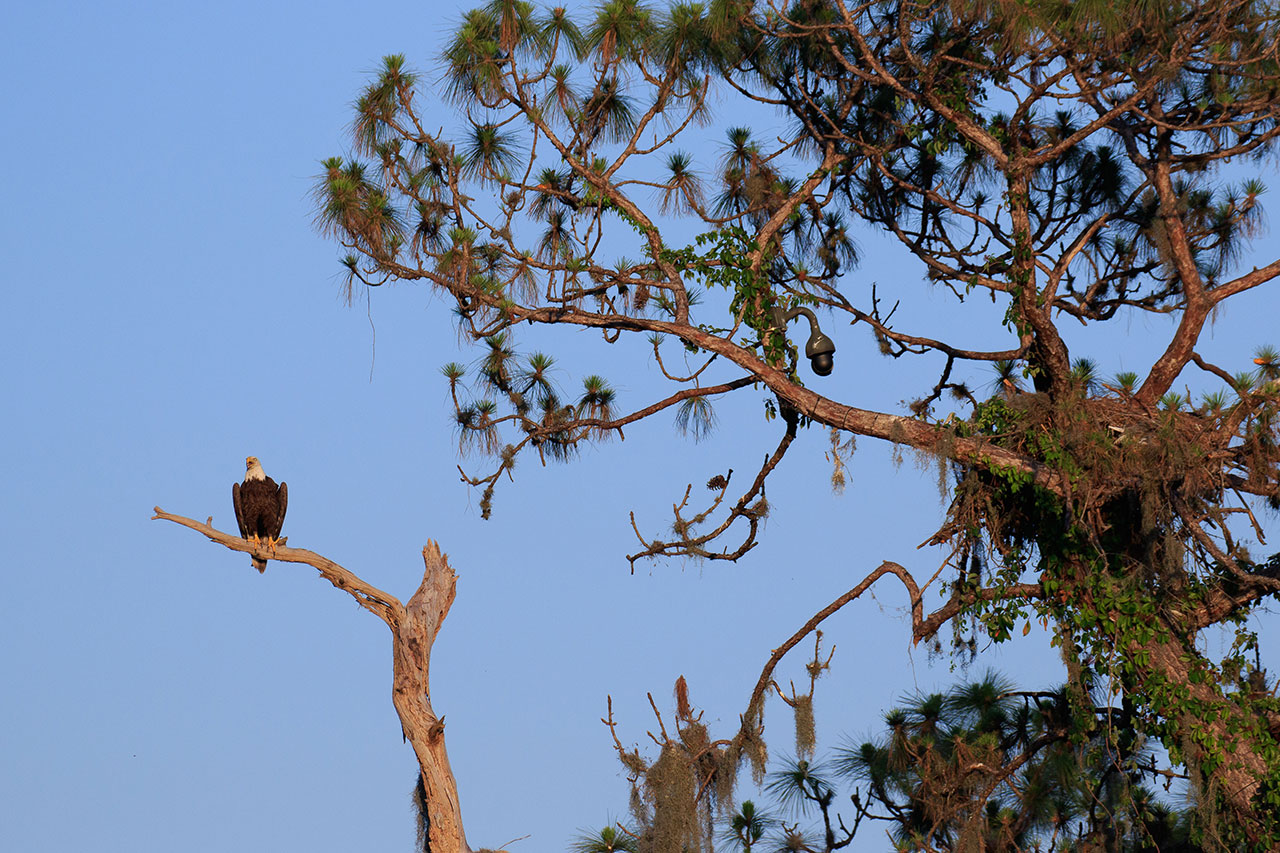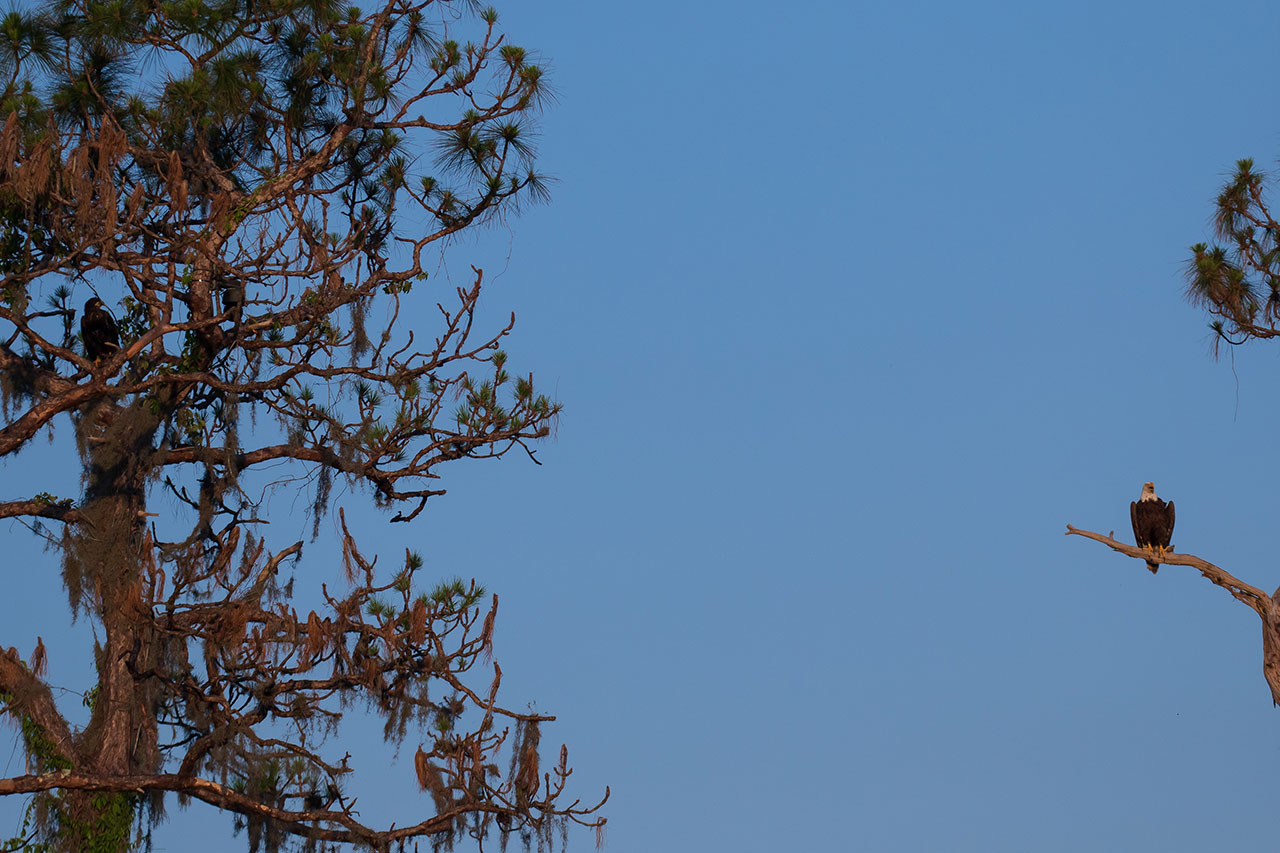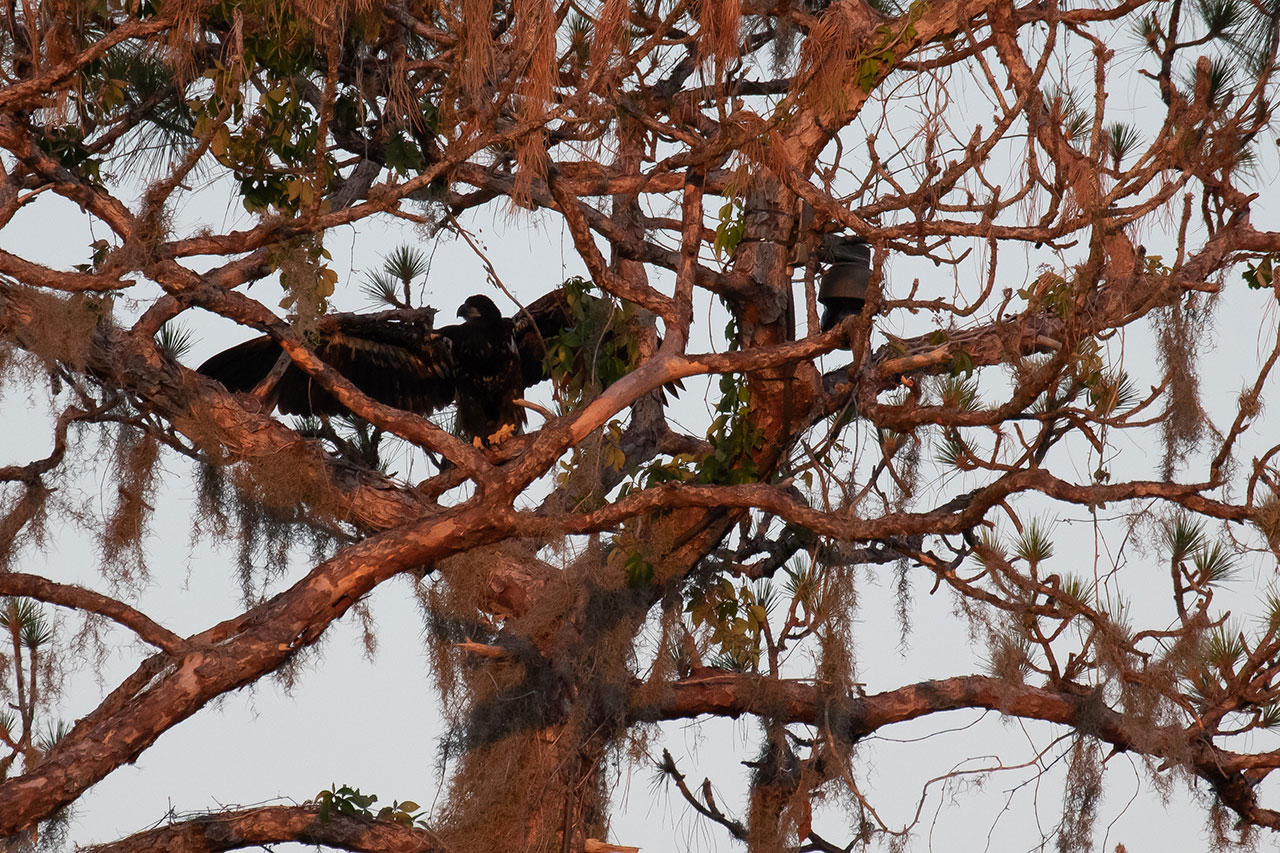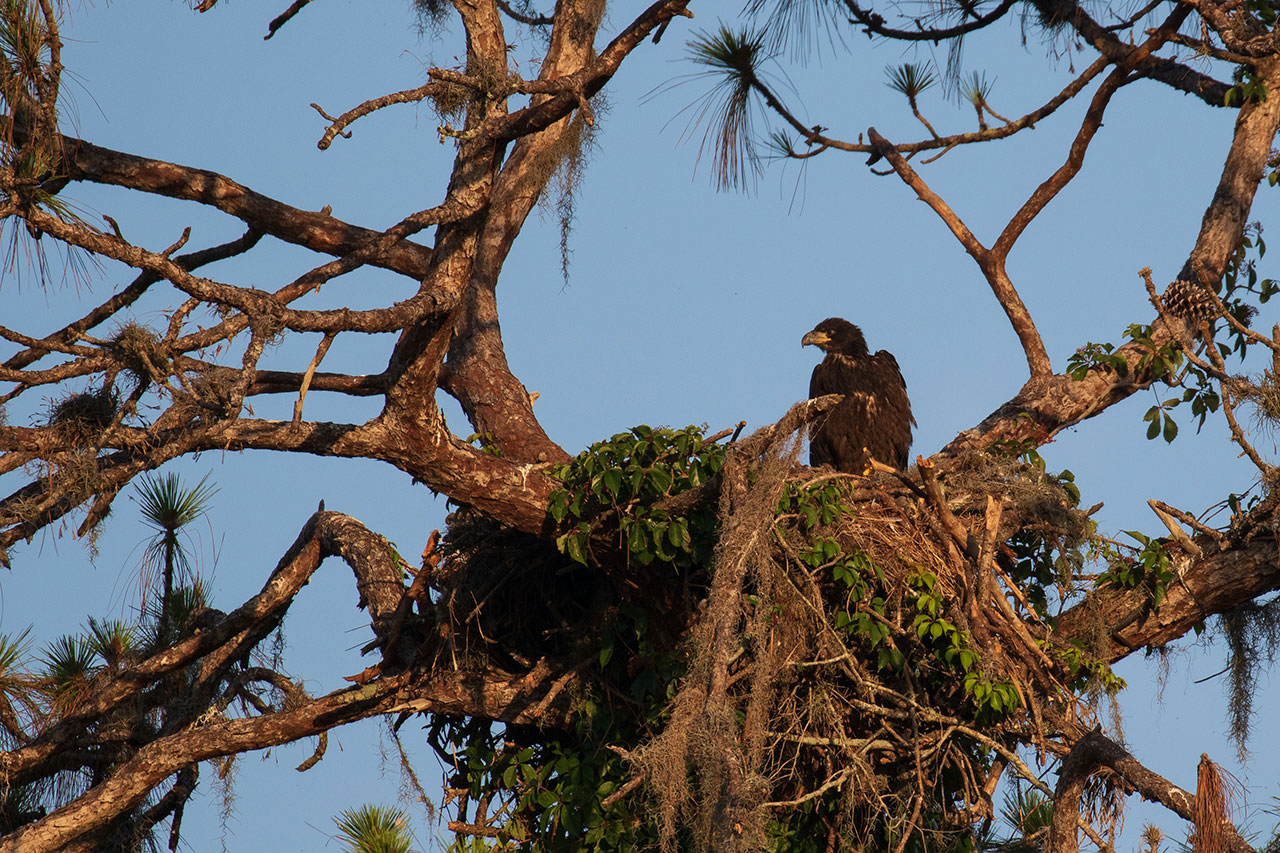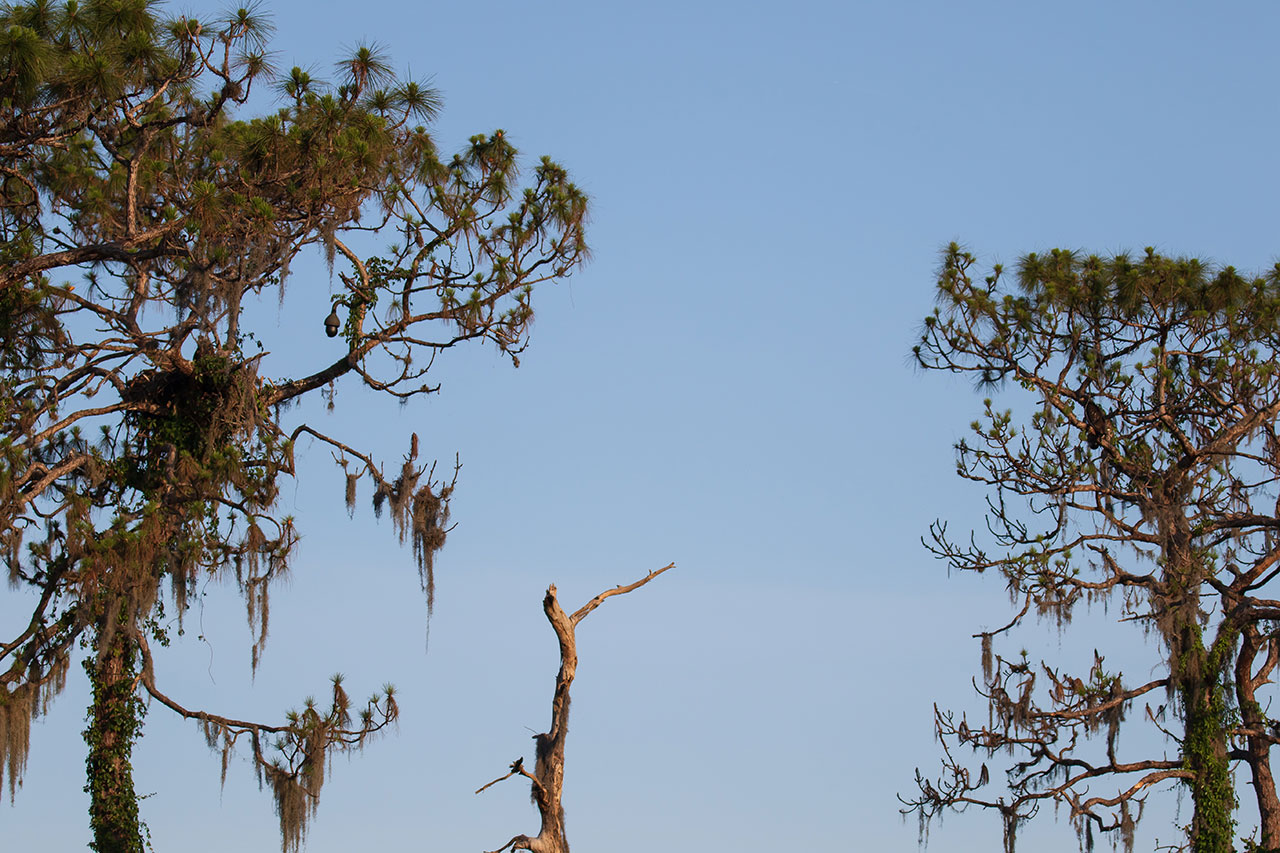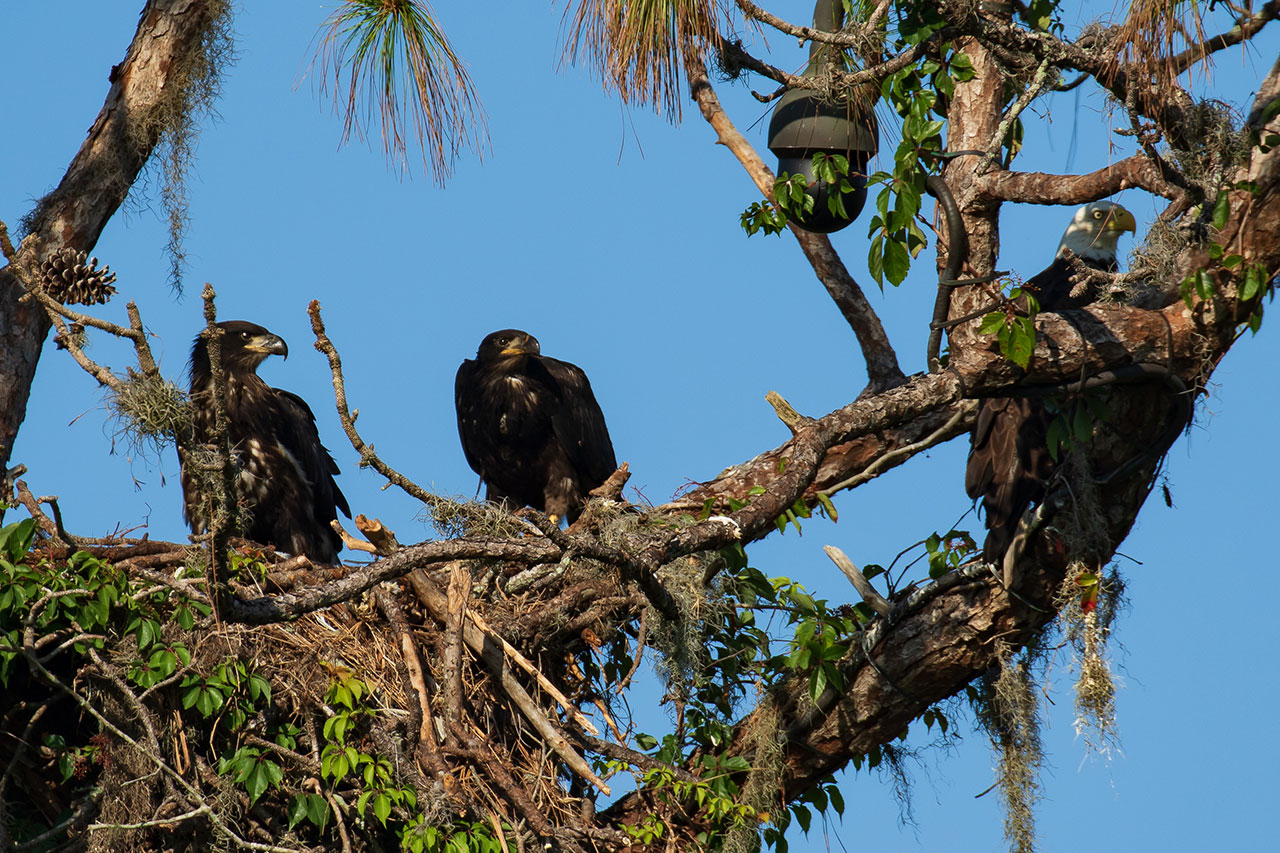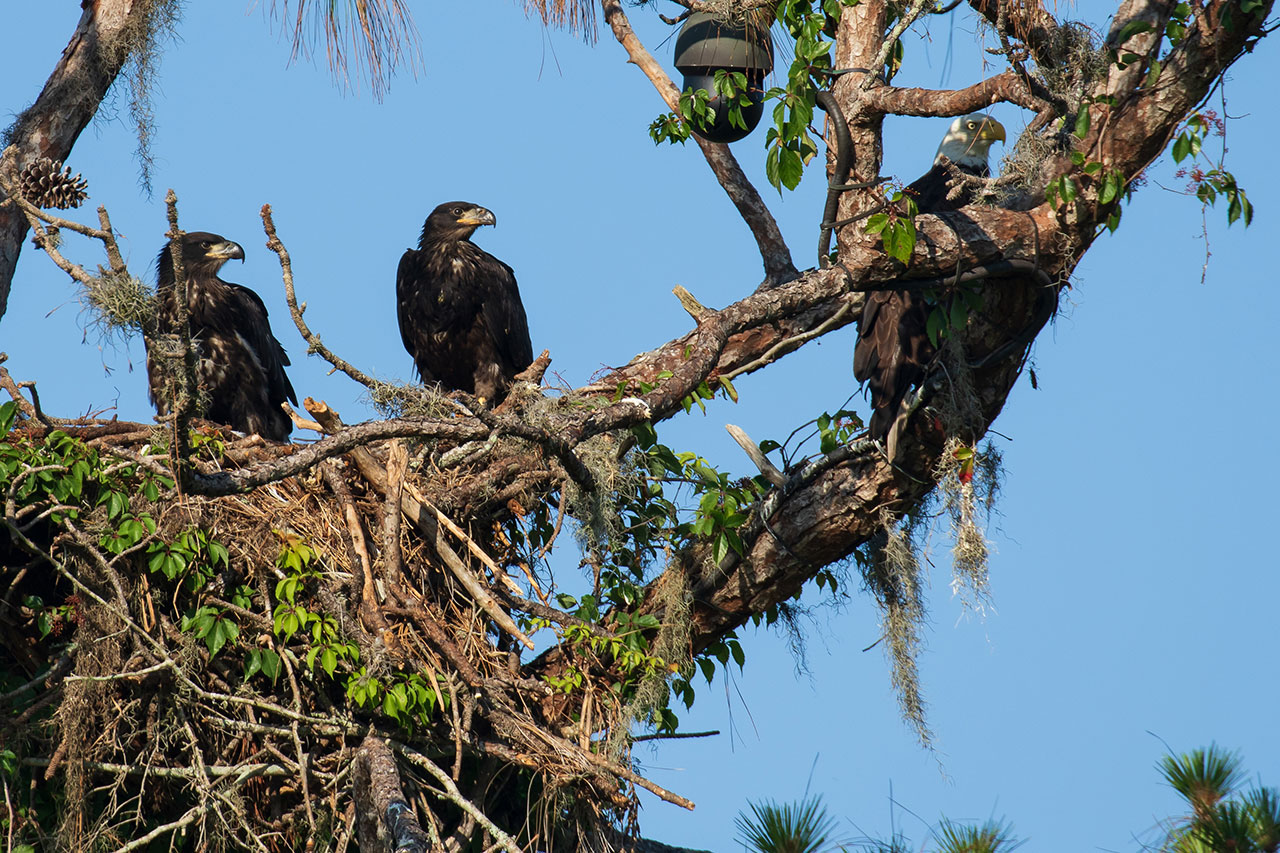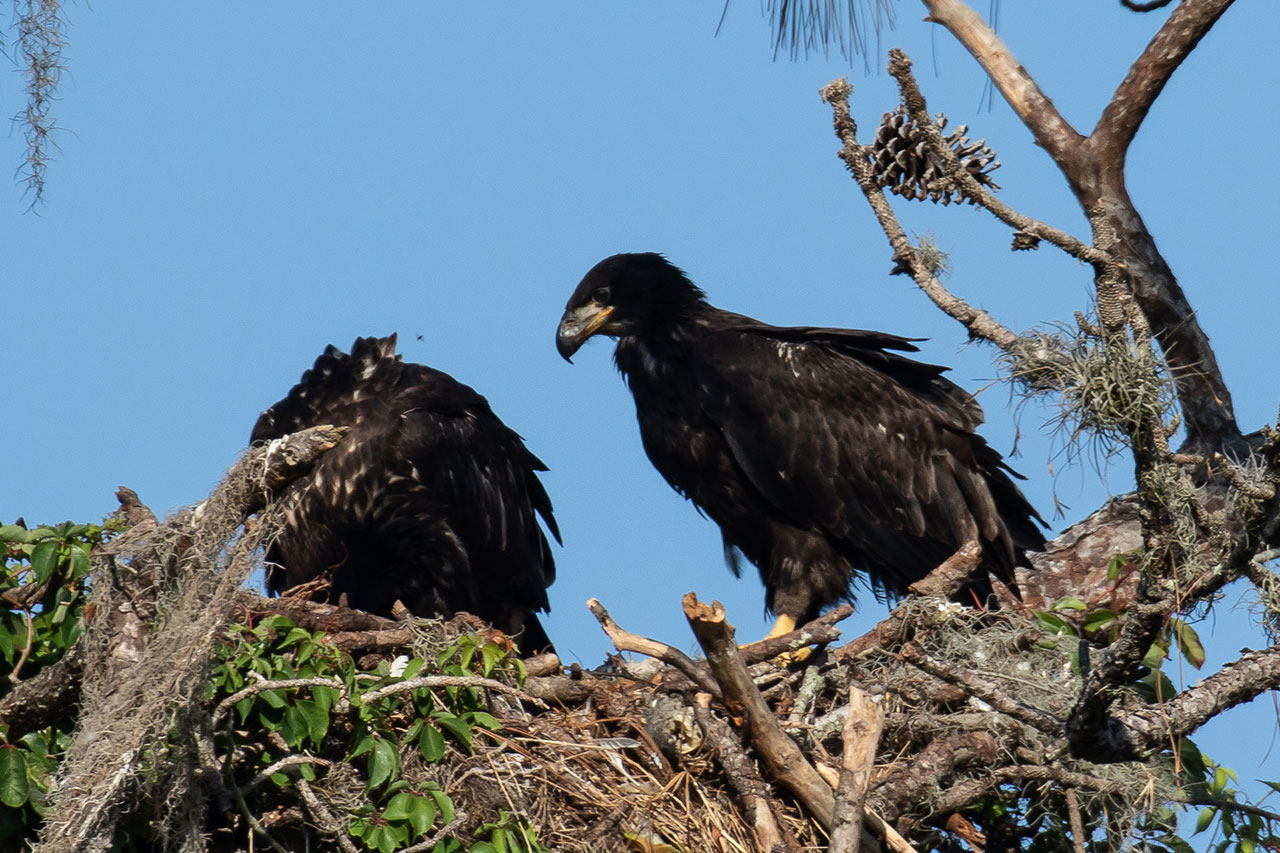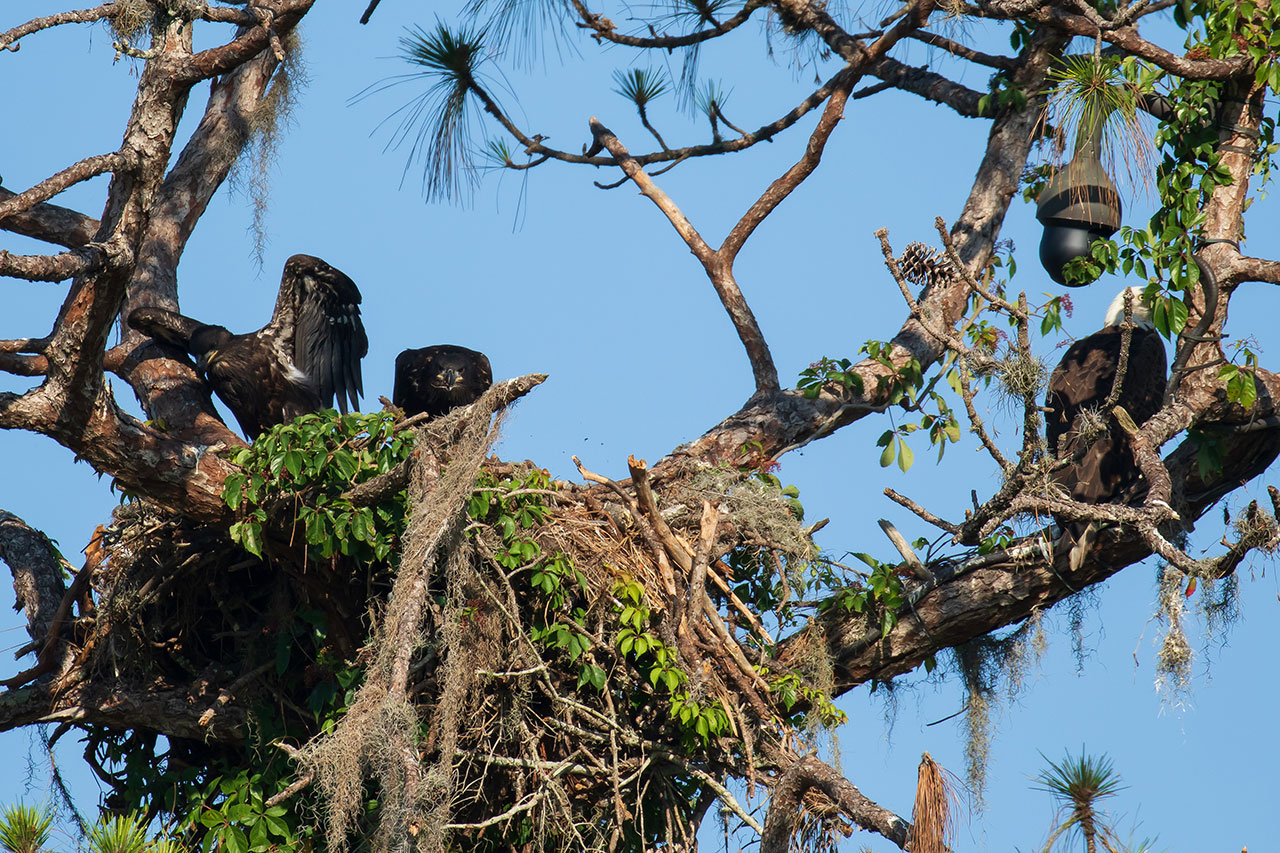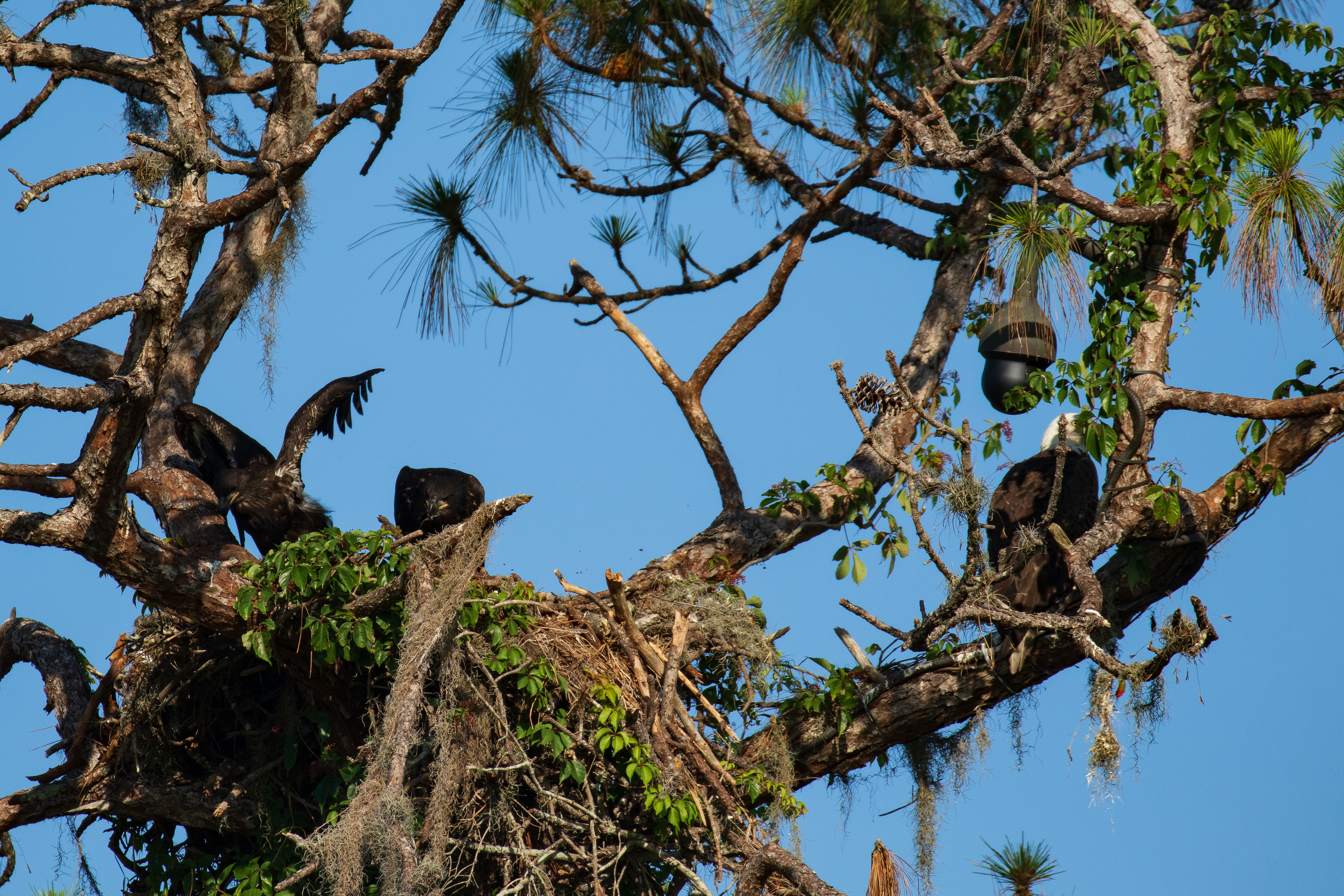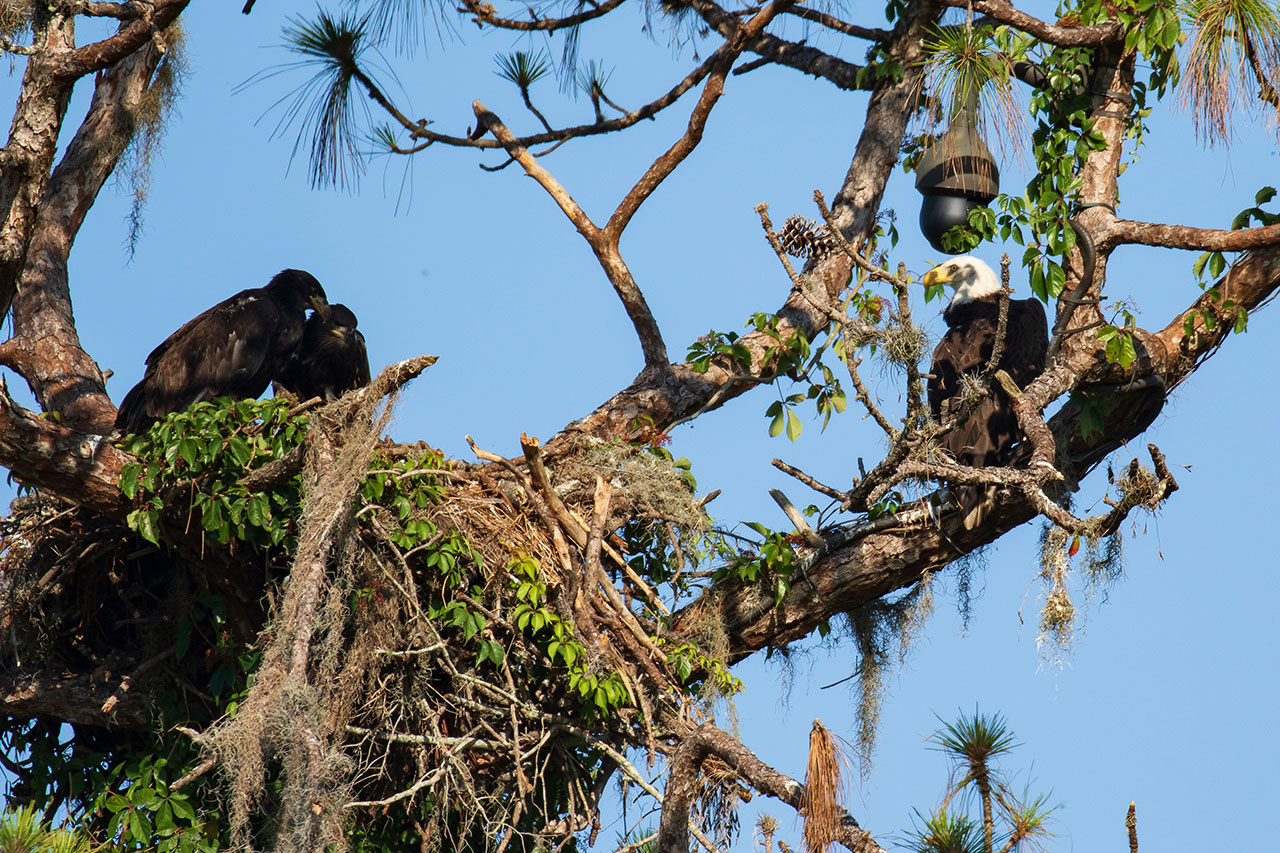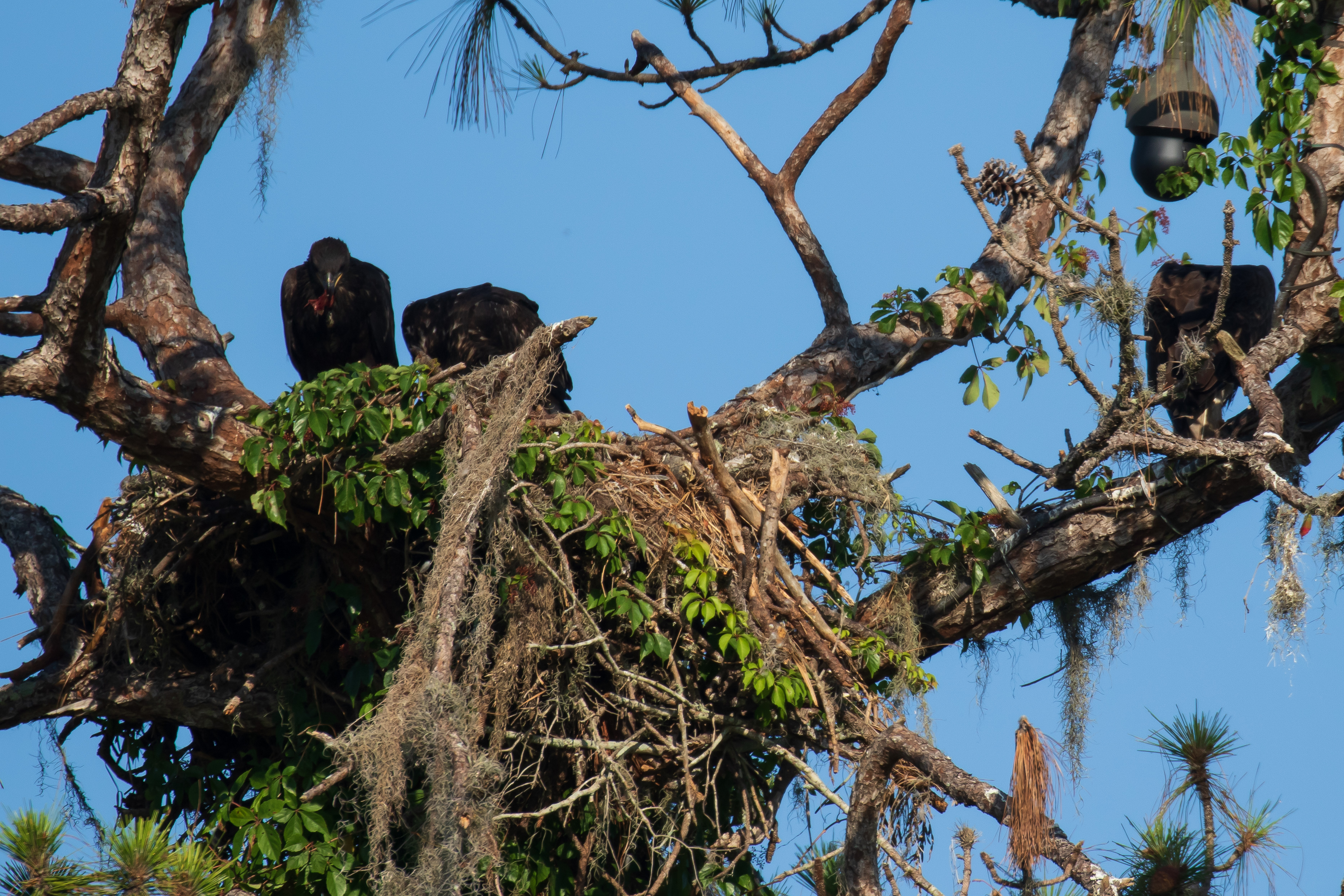Stay up to date on Eagle Country social media!
Fun Seasonal Highlight Videos
24/7 viewing | 4 LIVE cam views
Season #2 Media 2019-2020
Season #1 Media 2018-2019
Generalized Bald Eagle Facts
Scientific Name of Bald eagle: Haliaeetus leucocephalus
Haliaeetus = member of the sea or fish eagle group
leucocephalus = leuco=white, cephalus = head
Formally adopted as national emblem on June 20, 1782
Eagle Size
What is their wingspan and how much do they weigh?Northern = Larger
Migration
Do eagles migrate? Do their young migrate with them?Migration Patterns Vary
Nesting Habits
When does an eagle nest and mate?November - December
Feeding Patterns
What do bald eagles eat?Primarily Fish And Scavenging
Eagle Eyes
How far can the eagles see and are they color blind?Eagles see in color!
Nest Facts
Who builds and where? How big is the nest? What's it made of?Strong Nest Fidelity & Territorial
Facts About Eggs & Incubation
What do the eggs look like? How many are there? How long before they hatch?1 - 3 Eggs in a Clutch
Eagles in Flight
How high and fast can they fly?35 MPH!
Fledging
How long before the eaglets fledge?10 - 12 Weeks of Age
*Many resources were used to gather these interesting facts. They include but are not limited to: American Eagle Foundation, Nature Eagle Foundation, National Eagle Center, www.livescience.com, US Fish & Wildlife Service




